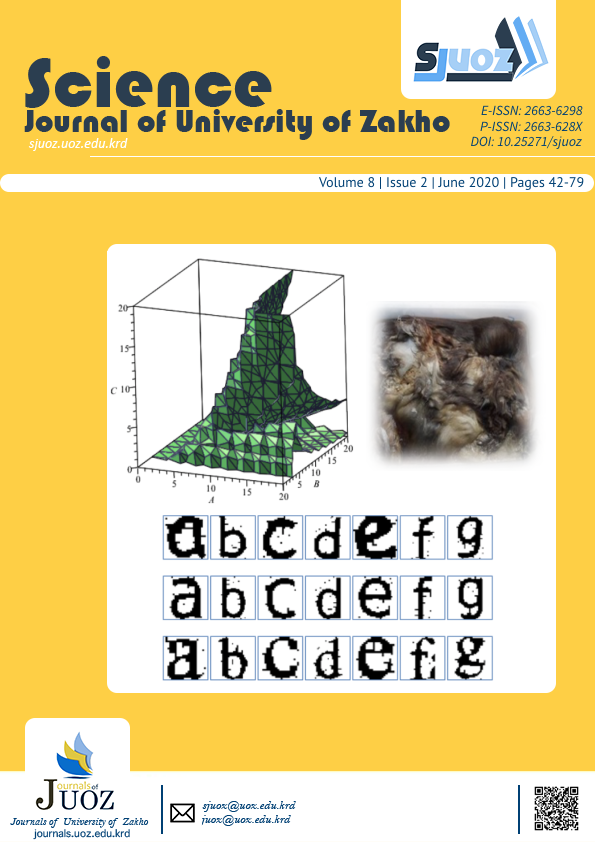Symbolic Methods for Analysing Bifurcations and Chaos of Two Five-Parameter Families of Planar Quadratic Maps
Abstract
In this work, we analyze the dynamical behaviors of two five-parameter families of planar quadratic maps by utilizing strategies of symbolic computation. We are going to use computer algebra methods to clarify how to detect the stability of equilibrium points to analyze chaos and also the bifurcation of planar maps. Based on strategies for solving the systems in types of semi-algebraic and by utilizing an algorithmic approach, we obtain respectively for the two maps, sufficient conditions on the parameters to have a prescribed number of (stable) equilibrium points; necessary conditions on the parameters to undergo a certain type of bifurcation or to have chaotic behavior induced by snapback repeller.
Full text article
Authors
Copyright (c) 2020 Sarbast H. Mikaeel, Bewar H. Othman

This work is licensed under a Creative Commons Attribution 4.0 International License.
Authors who publish with this journal agree to the following terms:
- Authors retain copyright and grant the journal right of first publication with the work simultaneously licensed under a Creative Commons Attribution License [CC BY-NC-SA 4.0] that allows others to share the work with an acknowledgment of the work's authorship and initial publication in this journal.
- Authors are able to enter into separate, additional contractual arrangements for the non-exclusive distribution of the journal's published version of the work, with an acknowledgment of its initial publication in this journal.
- Authors are permitted and encouraged to post their work online.
